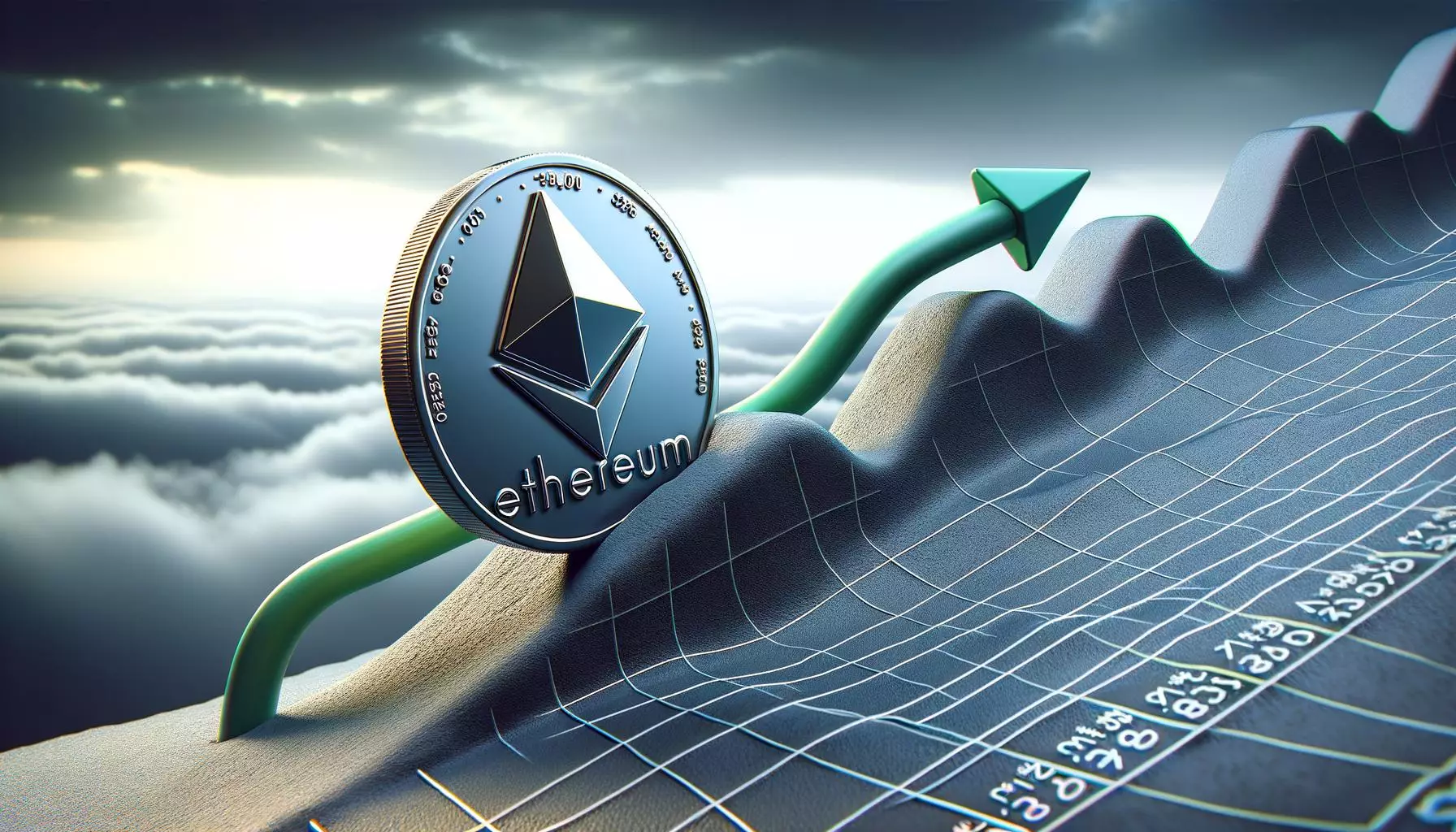The rivalry between Ethereum and Solana has increasingly dominated discussions in the crypto space. As two of the leading smart contracts platforms, they each boast unique features that cater to distinct needs within the blockchain ecosystem. However, a critical look at their respective strengths and weaknesses highlights the reasons why Ethereum, despite its high gas fees and scalability concerns, continues to hold its ground as the favored platform for developers and users alike.
Launched as a competitor in 2020, Solana quickly garnered attention for its focus on speed and low transaction costs. By emphasizing low latency and global node synchronization, Solana has positioned itself as a streamlined alternative to Ethereum, attracting developers and projects that prioritize efficiency and quick transaction times. This strategic approach has allowed Solana to capture a significant share of the market, vying closely with Ethereum and the BNB Chain, which presents a formidable challenge to Ethereum’s longstanding dominance.
However, this advantage comes with caveats. Critics, including Sreeram Kannan, the founder of EigenLayer, point out that Solana sacrifices critical elements like programmability and verifiability in its relentless pursuit of performance. While the efficiency of Solana is undeniable, these sacrifices raise questions about the long-term sustainability of its growth and the robustness of its ecosystem.
In stark contrast to Solana’s operating strategy, Ethereum has long championed stability and decentralization as its core principles. Kannan argues that this commitment positions Ethereum as a more comprehensive solution for developers looking to leverage blockchain technology. Ethereum’s ecosystem has flourished since its launch, likely due to its adaptability and the profound programmability it offers. The success of rollups on Ethereum is a testament to this adaptability, pushing the boundaries of what decentralized applications can achieve today.
Notably, Ethereum effectively blends scalability with its ability to execute complex smart contracts, a feature that has allowed innovation to thrive. The rollup technology mentioned by Kannan facilitates instant transaction confirmations while preserving Ethereum’s programmability, making the platform appealing to developers looking for advanced solutions to intricate problems.
EigenLayer’s traction demonstrates the impressive capabilities of Ethereum’s decentralized finance (DeFi) landscape. With over $12 billion in assets currently under management, EigenLayer is setting a precedent for liquidity restaking solutions on Ethereum. This achievement is a clear indicator of Ethereum’s stability, which in turn fuels user confidence, attracting even more projects to the platform.
The success of EigenLayer serves as a reminder that the Ethereum network is not only versatile but is also fertile ground for layering additional functionalities, such as arbitrary decentralization of tasks. By allowing for innovative third-party integrations, Ethereum strengthens its ecosystem, creating opportunities for new applications that could redefine the financial landscape.
Despite Ethereum’s considerable advantages, it is not without its challenges. The burgeoning layer-2 ecosystem has led to concerns about the native ETH currency experiencing reduced activity. As users migrate to off-chain solutions, such as Arbitrum and Base, some analysts fear that increased fragmentation may render ETH inflationary. There’s an ongoing debate regarding whether the quality of transactions and user engagement can sustain momentum if too much is relegated to layer-2 solutions.
Moreover, the emphasis on enhanced layer-2 transaction efficiency, combined with features such as Dencun, introduces complexities that could further challenge Ethereum’s inflationary dynamics. If fewer ETH tokens are being actively burnt (or “torched”), it raises questions about the long-term value proposition of holding secure positions on the Ethereum network.
In summation, while Solana’s rapid ascent presents a legitimate alternative to Ethereum, it lacks some crucial foundational attributes that could prove detrimental in the long run. Ethereum’s dedication to stability, programmability, and a robust ecosystem—highlighted by the success of EigenLayer— sets it apart, showcasing its superior infrastructure despite present challenges. Both platforms are poised for evolution, but Ethereum’s historical commitment to decentralization and innovation positions it as a crucial player in shaping the future of blockchain technology. As this competitive landscape continues to evolve, developers and users alike will benefit from the unique offerings each side presents.

